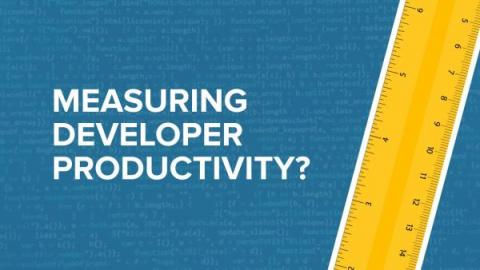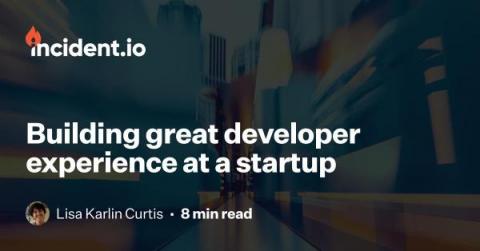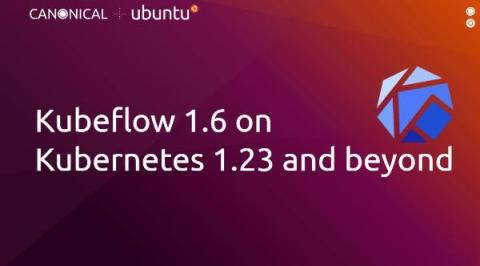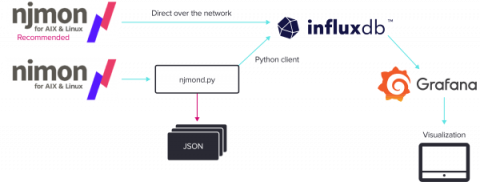Measuring Developer Productivity: Can, How, and Should You Do It?
Productivity is a big topic. We all want to be more productive — and software developers in particular get put under the microscope. Interestingly, their work is also particularly difficult to measure and assess what “productive” even is. But we need to do it because we want developers to be more productive — and happier — because we want to achieve business goals together, better.











